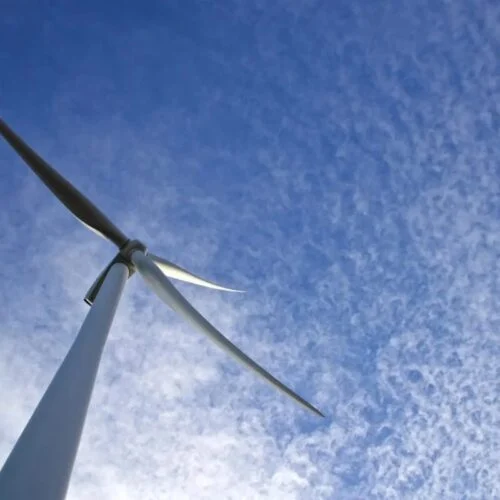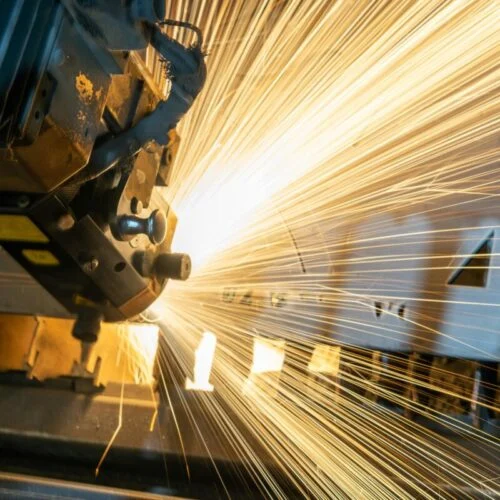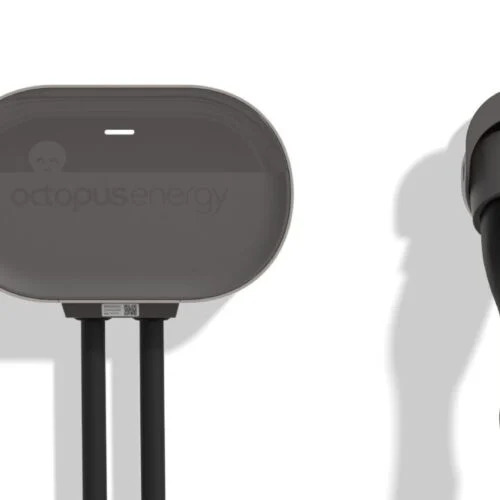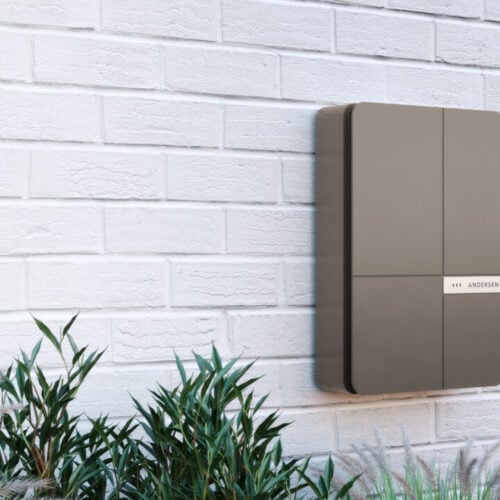Research by think tank Ember has found that the government’s Clean Power 2030 plan (CP30) will cut about 57% of gas imports by 2030.
Although the clean power system targeted for 2030 will only use gas to generate 5% of electricity, the wider UK economy will still rely on fossil fuels—more of which will be imported as long-term production of fossil fuels declines.
The UK does not yet have a strategy to bring together the energy security benefits of clean power with the cost benefits of electrified household energy consumption; households use more gas than the power sector.
Ember found that by 2030, 75% of gas used in the UK will be imported, more than today. But, overall gas imports will fall by 57% by that year, Ember said.
Further, now that coal is no longer used in the UK, biomass has become the third-most imported fuel type after gas and oil. Biomass makes up a significant portion of the CP30 plan to provide flexibility services. The wood chips used in biomass energy production, though, are predominantly imported; only 5% are produced in the UK.
In order to stabilise energy bills, the UK will have to reduce reliance on imports across fuel types.
Transport fuels, 40% of which are currently imported, cost the average household in the UK more than electricity or gas. As such, Ember states that the electrification of transport represents another opportunity to cut household energy expenditure and reduce fuel imports.
There is already evidence that the electrification of transport cuts imports: In 2023, there were 1.5 million electric vehicles and 430,000 residential heat pumps in the UK, which were powered with 60% clean electricity, which Ember says reduced oil and gas consumption by 14 million barrels of oil equivalent.
Frankie Mayo, senior energy and climate analyst at Ember, said: “Stability is a key benefit of the clean power goal. Cutting UK exposure to international price shocks has benefits for power, for heating and transport. Oil and gas production is in long-term decline, the future energy secure economy will be based on homegrown energy generation.”
Importing by interconnector
Interconnectors between the UK and its neighbouring countries improve flexibility and, while technically electricity received counts as an ‘import’, Ember’s report finds that interconnectors play an important role in the power system. An average 5% of the UK’s electricity has been imported over the last ten years.
Although the UK does rely on electricity imports, these have a balancing effect on power prices, rather than exposing the UK to price shocks as other imports do.
Interconnector flows are market driven and typically reflect the cost imbalance in power prices between European neighbours; UK wholesale electricity prices are currently higher than in Europe but this is set to change as more renewable generation comes online.
In 2022, Britain became a net electricity exporter for the first time because France’s imports increased due to maintenance at several nuclear power plants in the country. CP30 forecasts the UK will become a net exporter of electricity by 2030.
Ember points out that the role of interconnectors might change over time, from providing flexibility to the UK power grid, to also facilitating increasing levels of power exports to the rest of Europe.






